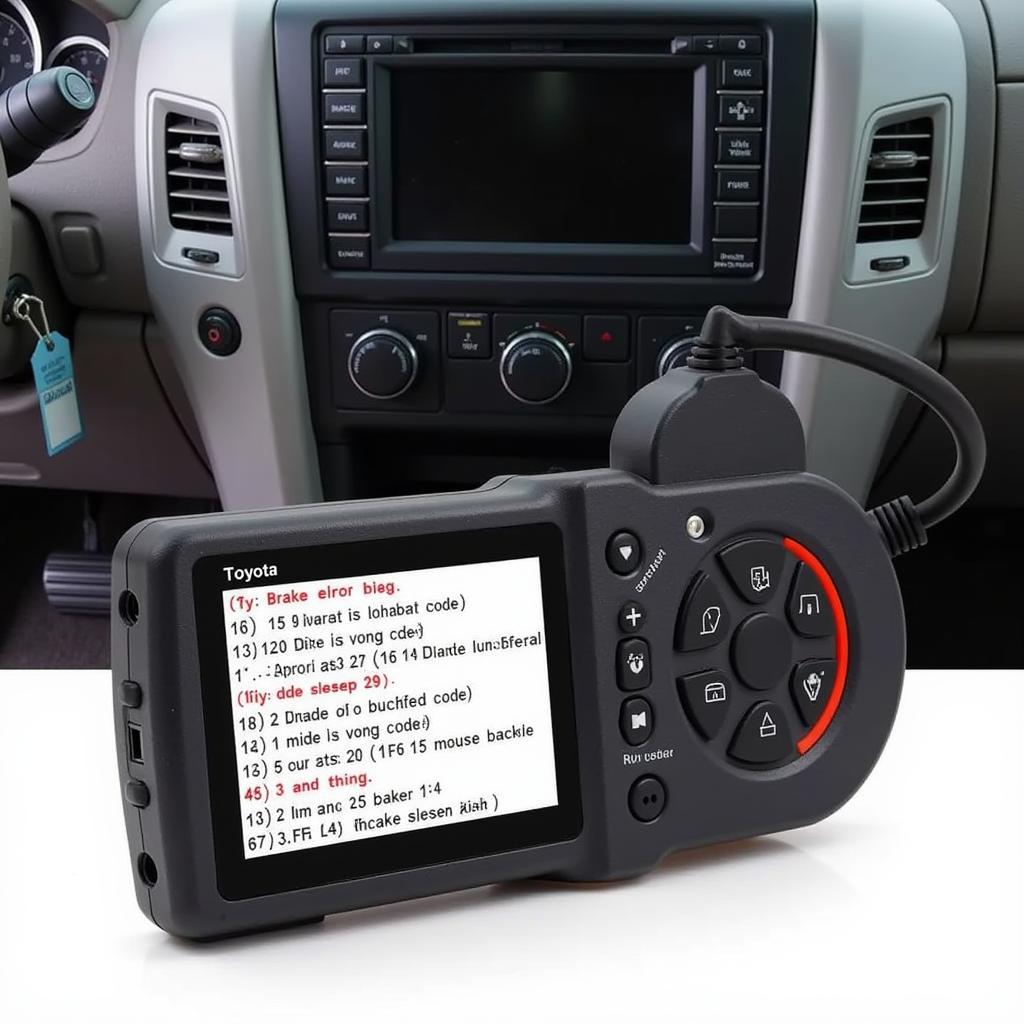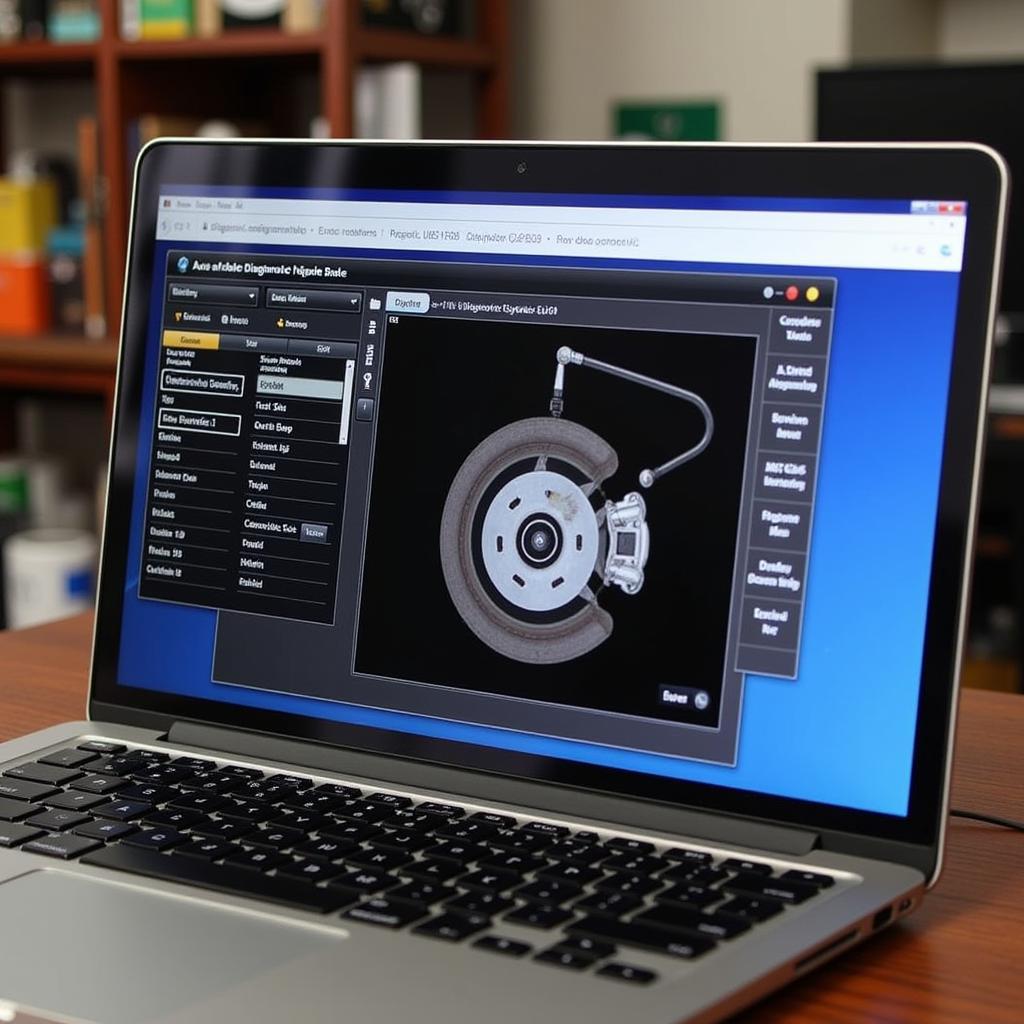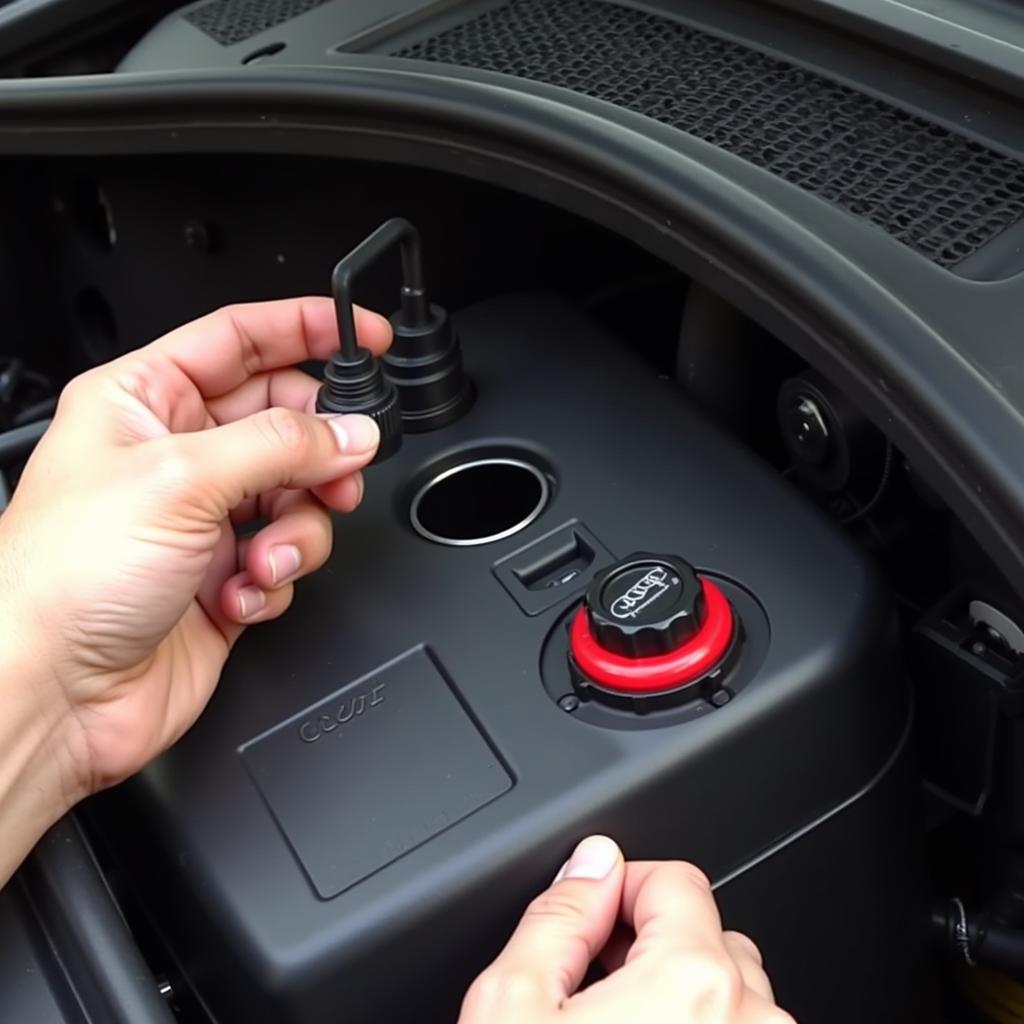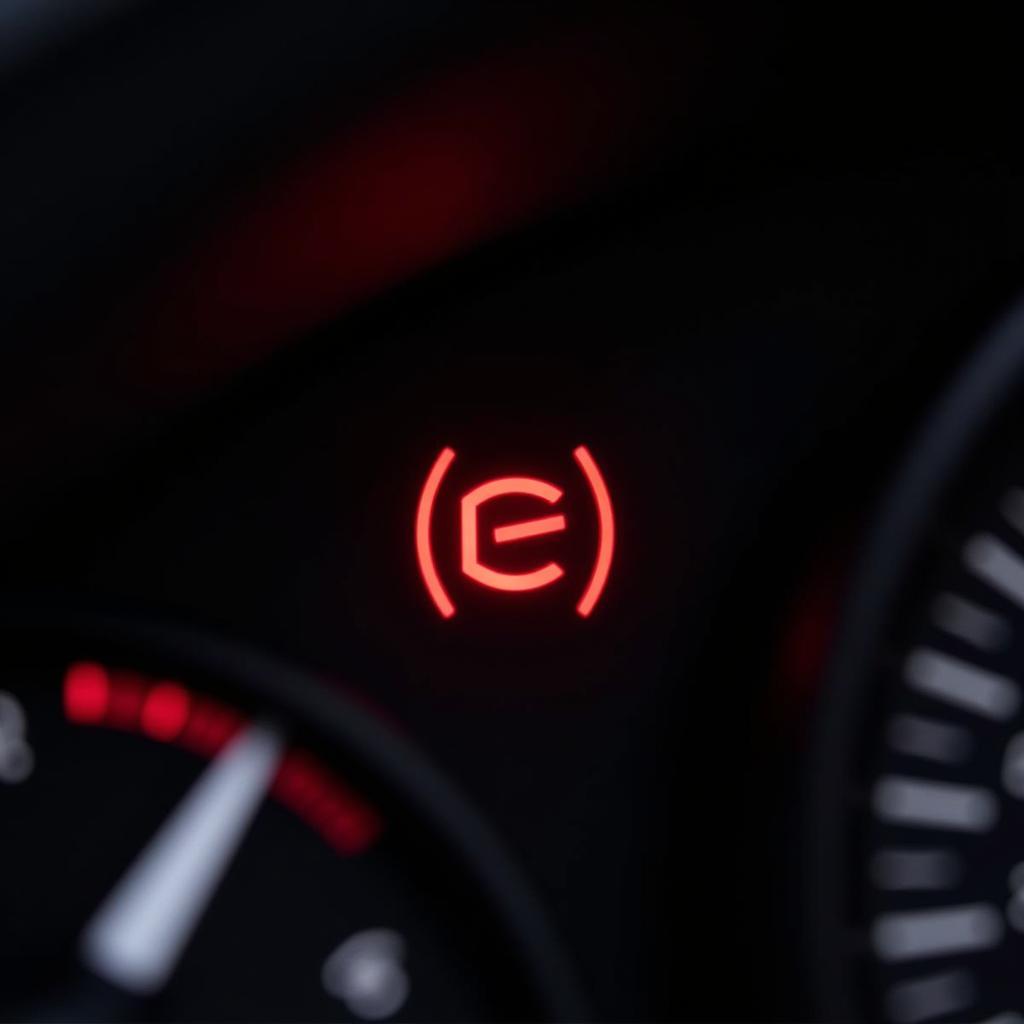The 2006 Toyota Sequoia brake warning light can be a source of anxiety for any driver. Understanding why it illuminates and how to address the issue is crucial for your safety and the longevity of your vehicle. This article provides a comprehensive guide to troubleshooting and resolving brake warning light issues in your 2006 Toyota Sequoia.
Understanding Your Sequoia’s Brake Warning Light
The brake warning light serves as your vehicle’s primary communication tool about the braking system. It can signal several different problems, ranging from a simple fix like low brake fluid to more complex issues requiring professional attention. Ignoring this light could lead to serious safety hazards.
Common Causes of the Brake Warning Light
Several factors can trigger the brake warning light in your 2006 Toyota Sequoia. These include:
- Low Brake Fluid: This is the most common culprit. A leak in the brake lines or worn brake pads can cause the fluid level to drop, activating the warning light.
- Worn Brake Pads: Brake pads have wear indicators that trigger the warning light when they reach a critical thickness.
- Faulty Brake Sensor: A malfunctioning sensor can erroneously activate the warning light, even if no actual problem exists.
- ABS Issues: Problems with the Anti-lock Braking System (ABS) can trigger the light, often accompanied by the ABS warning light.
- Parking Brake Engaged: Sometimes, the simple oversight of leaving the parking brake engaged can illuminate the warning light.
Diagnosing the Problem
Before rushing to a mechanic, you can perform some basic checks yourself:
- Check the Parking Brake: Ensure the parking brake is fully disengaged.
- Inspect Brake Fluid Level: Locate the brake fluid reservoir under the hood and check the fluid level. It should be between the minimum and maximum lines.
- Visually Inspect Brake Pads: If possible, check the thickness of your brake pads. Thin pads indicate the need for replacement.
Using Diagnostic Tools for Advanced Troubleshooting
For more complex issues, utilizing diagnostic tools can be invaluable. OBD-II scanners can retrieve specific error codes related to the braking system, providing a more precise diagnosis.
 OBD-II Scanner Retrieving Brake Codes on a 2006 Toyota Sequoia
OBD-II Scanner Retrieving Brake Codes on a 2006 Toyota Sequoia
“Regular maintenance, including brake inspections, can prevent many brake warning light situations,” advises John Davis, a certified automotive technician with over 20 years of experience. “Catching these issues early can save you time and money in the long run.”
Addressing the Brake Warning Light Issue
Once you’ve identified the cause, you can take appropriate action:
- Adding Brake Fluid: If the fluid is low, carefully add the correct type of brake fluid to the reservoir.
- Replacing Brake Pads: Worn brake pads require professional replacement.
- Addressing Sensor or ABS Issues: Sensor or ABS problems often necessitate professional diagnosis and repair.
Remote Diagnostics and Software Solutions
Modern technology allows for remote diagnostics and software updates that can address certain brake system issues. This can save you a trip to the mechanic in some cases.
 Remote Diagnostics of 2006 Toyota Sequoia Brake System
Remote Diagnostics of 2006 Toyota Sequoia Brake System
“Remote diagnostics can be a game-changer for certain brake-related issues, especially software glitches,” adds Sarah Miller, an automotive electrical engineer specializing in remote diagnostics. “This technology allows us to pinpoint and address problems efficiently without physical access to the vehicle.”
Conclusion
The 2006 Toyota Sequoia brake warning light shouldn’t be ignored. By understanding its potential causes and utilizing the appropriate diagnostic and repair methods, you can ensure the safety and reliability of your vehicle. Regular maintenance and timely attention to this warning light will contribute to a smoother and safer driving experience. Don’t delay in addressing any brake-related issues, especially when the warning light illuminates.


